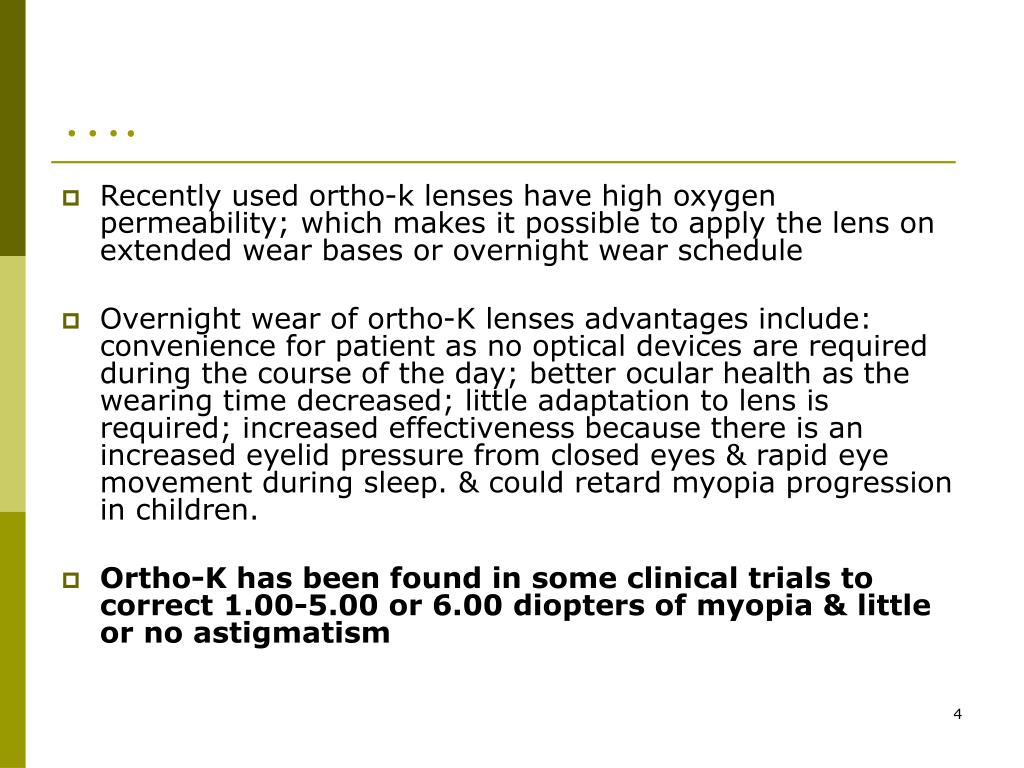

If the progression of myopia can be suppressed during the early school years, a time when VA often rapidly decreases, the quality of life in social activities after adolescence can be well maintained. The increased risk of developing complications such as high myopia-associated retinal detachment, glaucoma, myopic macular degeneration, myopic optic neuropathy, or cataracts is of growing concern. In general, when myopia develops at a younger age, it tends to progress, thus suggesting an increased incidence rate of high myopia in the future. Myopia has been more frequently found in lower-grade elementary school children. The survey results further revealed that the VA of elementary school children in 2018 is the worst in recorded history.

According to a school health statistics survey conducted in 2018 by the Japanese Ministry of Education, Culture, Sports, Science and Technology, “uncorrected decimal visual acuity (VA) less than 1.0” has been reported in 26.7% of children at kindergartens, 34.2% of children at elementary schools, 56.0% of children at junior high schools, and 67.2% of children at high schools. High incidence of myopia in children is a growing problem in Japan. The Creative Commons Public Domain Dedication waiver ( ) applies to the data made available in this article, unless otherwise stated in a credit line to the data. If material is not included in the article's Creative Commons licence and your intended use is not permitted by statutory regulation or exceeds the permitted use, you will need to obtain permission directly from the copyright holder. The images or other third party material in this article are included in the article's Creative Commons licence, unless indicated otherwise in a credit line to the material. Results of this clinical trial demonstrate the effectiveness of the MiSight daily disposable soft contact lens in slowing change in spherical equivalent refraction and axial length.Open AccessThis article is licensed under a Creative Commons Attribution 4.0 International License, which permits use, sharing, adaptation, distribution and reproduction in any medium or format, as long as you give appropriate credit to the original author(s) and the source, provide a link to the Creative Commons licence, and indicate if changes were made. Four asymptomatic corneal infiltrative (one test, three control) events were observed at scheduled study visits. Over the course of the study, there were no cases of serious ocular adverse events reported. Changes in spherical equivalent refraction and axial length were highly correlated (r = -0.90, P <. Mean change in axial length was 0.32 mm (52%) less in the test group than in the control group (0.30 ± 0.27 vs. Unadjusted change in spherical equivalent refraction was -0.73 D (59%) less in the test group than in the control group (-0.51 ± 0.64 vs. Of the subjects enrolled, 75.5% (109/144) completed the clinical trial (53 test, 56 control). Primary outcome measures were the change in cycloplegic spherical equivalent refraction and axial length. Subjects in each group were matched for age, sex, and ethnicity and were randomized to either a MiSight 1-day contact lens (test) or Proclear 1-day (control omafilcon A) and worn on a daily disposable basis. Myopic children (spherical equivalent refraction, -0.75 to -4.00 D astigmatism, <1.00 D) aged 8 to 12 years with no prior contact lens experience were enrolled in a 3-year, double-masked, randomized clinical trial at four investigational sites in four countries. The purpose of this study was to quantify the effectiveness of MiSight daily disposable soft contact lens in slowing the progression of juvenile-onset myopia.

Results of this randomized, double-masked clinical trial demonstrate the effectiveness of the MiSight soft contact lens in slowing myopia progression over multiple years.


 0 kommentar(er)
0 kommentar(er)
